There are two very different sides to the Galapagos Islands, the one you see as a tourist and the one residents live.
The most commonly experienced tourist life in Galapagos is excellent. Visitors come to these unique islands most often for a week or two, sign up for a tour, sail through the clear water, swim, snorkel, hike and marvel at the extraordinary animals and plant-life that exists in harmony here. The Galapagos Islands are stunningly beautiful and back in June when I first visited I loved my experience here.
Right now I’m back in the Galapagos a few months after my initial visit, and this time I’m experiencing the lesser-known residential side of the islands. I’m fortunate to have made some friends who live in Santa Cruz, the most populated of all the islands in the Archipelago, and they offered me their house to stay in for a couple of months whilst they visit the mainland. Not being able to turn down this extraordinary opportunity, I bought myself a plane ticket back to Galapagos and am currently sitting in their bamboo tree house in the highlands of Santa Cruz, enjoying the peaceful jungle that surrounds me.
It’s isolated here. Although the nearest small town is ten minutes walk away, which is great for when I run out of small things like toilet paper or drinking water, it’s not so great if I need fresh fruit or vegetables as the town often has very little to sell. Downtown Santa Cruz is a ten minute drive further toward the coast, and can easily be reached by taxi or bus, as long as one comes past.
The house I’m staying in is beautiful. More like a holiday cabin than a full-sized house, it’s nestled amongst tall trees and bamboo and is an incredibly peaceful place to live. A tree house in the jungle with running water and wifi, it represents what’s at the core of the Galapagos Islands, adapting to the surrounding environment for survival.
But for the residents here in Galapagos, things aren’t always as idyllic and easy as they seem.
For starters the Ecuadorian government doesn’t want any more people living on the islands, and they’re doing everything in their power to make it as difficult as possible to remain here long-term.
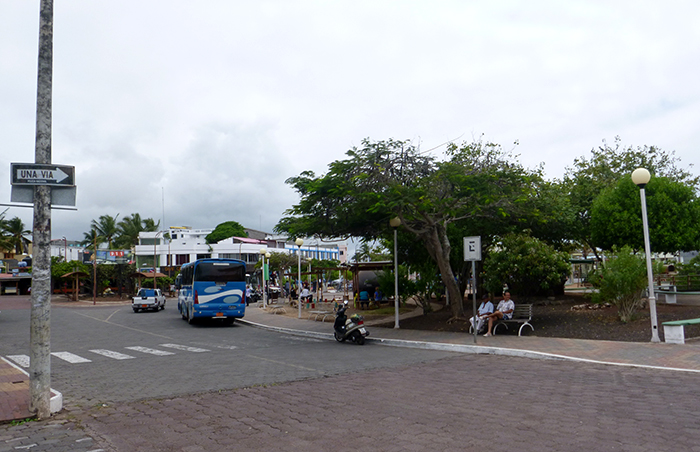
Whilst tourists travel through Santa Cruz on their way through the islands, residents work hard to live here.
When I first arrived in Galapagos back in June I paid the USD$100 park entry fee and received my INGALA card that controls how long visitors can stay on the islands. Printed on my card was the law that tourists could stay for a maximum of 90 days. As I was only in Galapagos for 8 days whilst on a tour, when I found out I would be returning I calculated my flights to give me a total of 82 days on the islands, completing my full 90 day allowance. However things were not that simple. Coming back through immigration in Santa Cruz I was required to once again pay the USD$100 entry fee, even though I still had my INGALA card from the first visit, and was told that the Galapagos law had recently changed and tourists are now only able to stay in the islands for a maximum of 60 days.
I was disappointed. I had planned to spend Christmas here and now that is not to be. These surprise visa changes were not announced publicly and when I asked how soon I could return to Galapagos once my 60 days was up, I was told I must stay out of the islands for one year from the date of my departure.
There are no exceptions to these visa rules, they are imposed on all visitors to the islands, especially Ecuadorians. Once an ideal location for Ecuadorian citizens to relocate to, between 1991 and 2007 the population of Galapagos more than doubled to 20,000 residents. Since then harsh immigration laws have been put in place to prevent further escalation in the Galapagos population.
This means that Galapagos residents who have family on the mainland are often limited in their visitation. No entry for visitors for one year after departure means many residents are often isolated from their friends and family unless they themselves fly over to the mainland.
Becoming a permanent resident of Galapagos is even more difficult. Unless you were born in the islands or marry a resident, you can’t live here. There are no alternate visas like those available for the rest of Ecuador. Galapagos is its own world with its own rules. Even marrying a resident isn’t as easy as it sounds. Checks are done constantly by immigration officials on those who do decide to marry and apply for a residential visa. Once married, the couple have to remain so for at least 10 years before receiving permanent residency.
And whilst the residents who do live here enjoy a uniquely idyllic lifestyle, day to day living is still a challenge. There is no fresh water on the islands, so all drinking water must be purchased, all showers must be short, and water must be conserved as much as possible. Food availability is often limited due to the majority of products being imported. If a shipment doesn’t arrive, stores are without fresh produce and other supplies, and when produce is available the prices are expensive compared with mainland Ecuador.
There are also housing issues here. Buildings are often difficult to construct as workers and materials usually need to be brought over from the mainland. This expensive exercise can be prohibitive for many. The result is ugly buildings in beautiful locations that have been constructed as cheaply as possible with little thought to the surrounding environment.
Everything from clothing to food to electronics are limited and expensive in the Galapagos and many residents frequently travel to the mainland on shopping expeditions. On my arrival in Santa Cruz I saw a local bringing a large flat screen television through the airport and onto the ferry. It was explained to me that it’s much cheaper for Galapagos residents to pay for a return flight to the mainland to buy their electronic or clothing supplies than it is to have them mailed to or purchased on the islands (if they’re even available).
But despite of the difficulties of living in this extraordinary place that was never intended for human civilisation, I’m thrilled to be here. Being granted the opportunity to live in Galapagos for a couple of months is a gift that provides me with an insight into what life is truly like in this incredible part of the world.
There are so many opportunities here for locals to set up businesses and lifestyles that benefit from the highly profitable tourism industry. The islands really are ripe with life and opportunity and I understand why people are clamoring to get in.


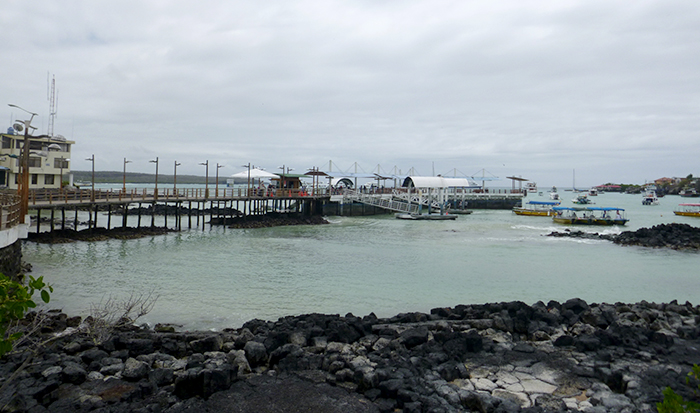
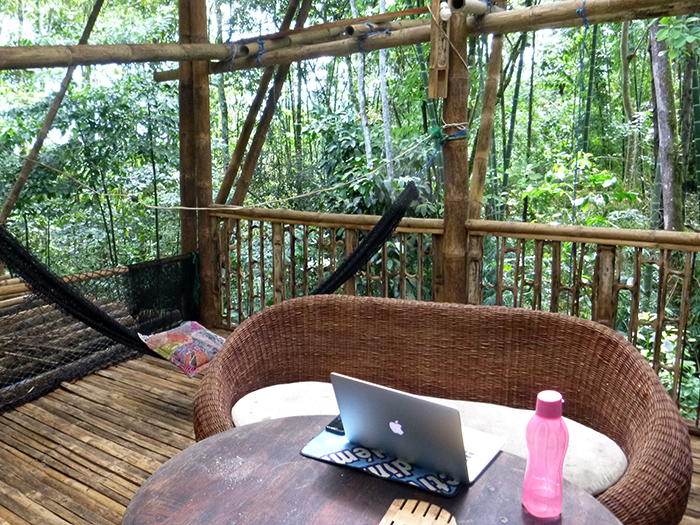
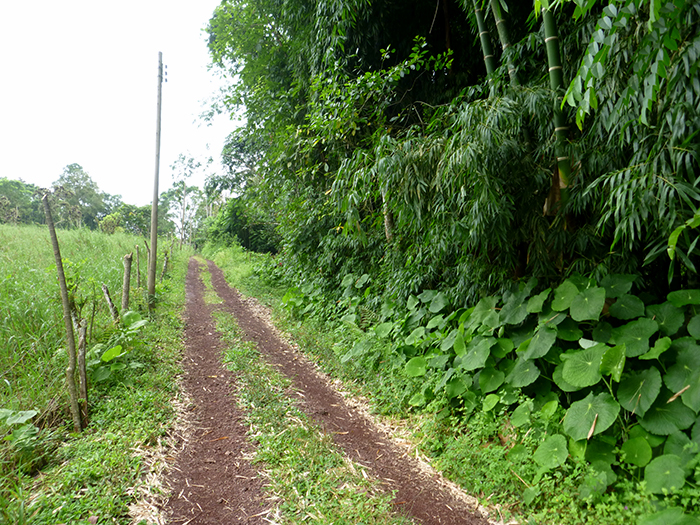

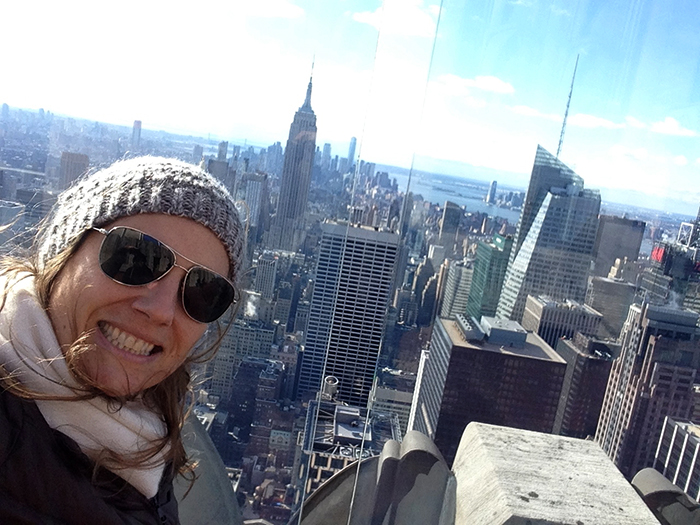

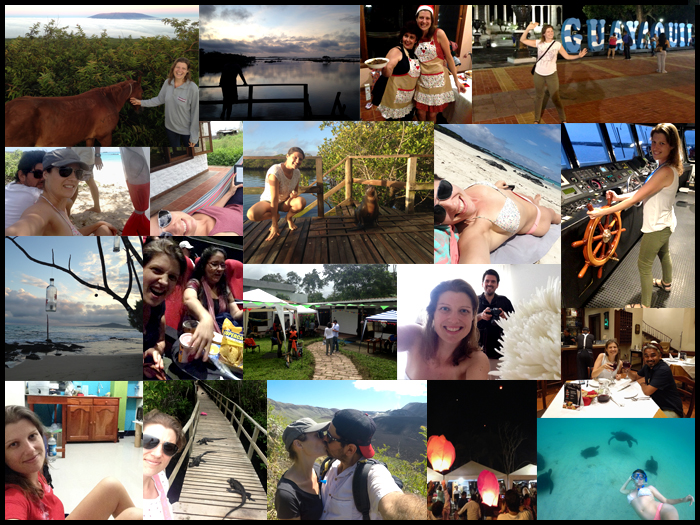

Very good article Carly. I’m always interested in local info, I’m glad I know more about Ecuadorians and Galapagos as we would like to visit them next year. Just need to figure out ho to do it on a budget 😉
Hi Maya,
You can definitely do Galapagos on a budget and I 100% recommend visiting. I will be writing a post shortly about backpacking through Galapagos yourself rather than on a tour so keep an eye out for it, but if you can pick up a relatively inexpensive tour for a week or so it’s a great way to see everything.